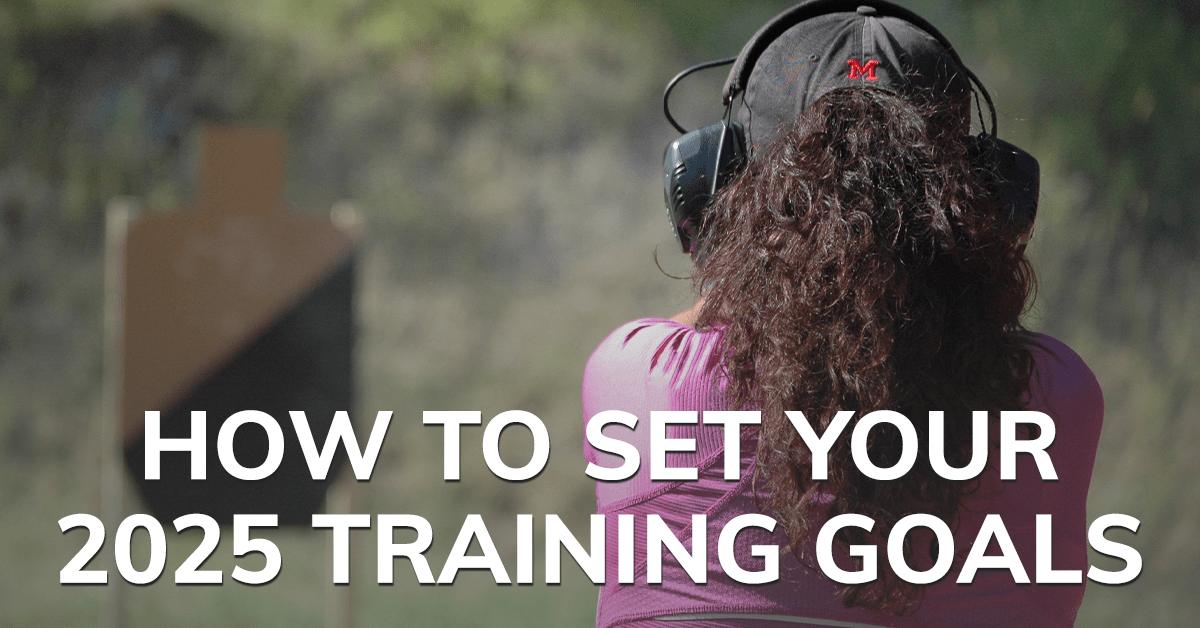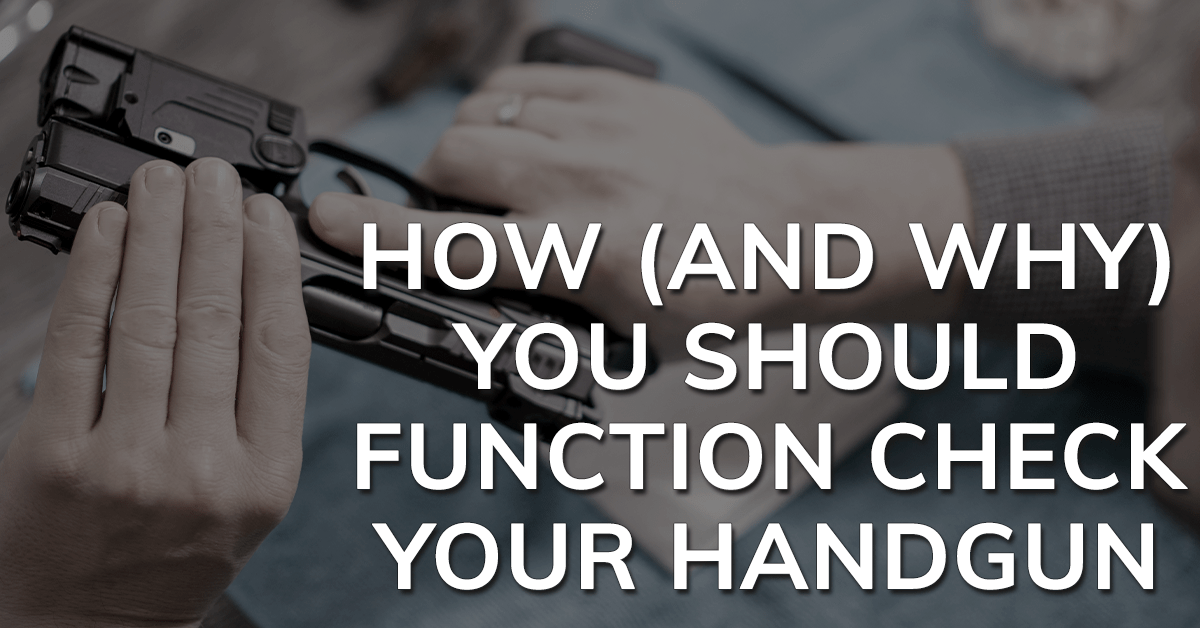Your Cart is Empty
Orders Over $100 Ship FREE (USA)!
Orders Over $100 Ship FREE (USA)!
CONCEALED CARRY
(Apparel with holster pockets or concealed-carry features)
(Apparel with holster pockets or concealed-carry features)
PARTS & GEAR
RANGE STYLE
Gift shopping & not sure about size or style? Give a gift card instead!
Gift shopping & not sure about size or style? Give a gift card instead!
GIFT IDEAS
The entire site is full of products that make great gifts, so browse all of our collections! Still not sure? Give a gift card!
The entire site is full of products that make great gifts, so browse all of our collections! Still not sure? Give a gift card!
EXPLORE
Dynamic Shooting 101: How to Train for Real-Life Situations
4 min read
You’ve probably spent most of your range time shooting at static targets, like paper or steel. There’s nothing wrong with that, but here’s the thing—that type of practice doesn't fully prepare you for the reality of a self-defense situation. In the real world, nothing stays in one place (neither you nor the threat), and that’s a whole different challenge.
If you carry, you absolutely have to learn how to shoot dynamically. Here's our helpful guide to get you started.
Why Static Practice Isn’t Enough
Static range practice teaches you how to manage your firearm and hit targets in a controlled environment, but it doesn’t prepare you for the challenges of real-life situations. If you ever need to defend yourself, you’ll need to shoot while on the move, make decisions under stress, and possibly hit a moving target. All while your adrenaline is surging.
This is where dynamic shooting comes in—it bridges the gap between range practice and real-world situations.
Dynamic shooting trains you to handle unpredictable scenarios by improving your ability to move fluidly, maintain accuracy under pressure, and react quickly to changing conditions. Instead of standing still and focusing solely on precision, you learn how to engage threats while adjusting your position, keeping your focus, and staying in control.
Finding the Right Range to Practice Dynamic Shooting
If you want to train with movement, you’ll need to find a range that allows shooting while moving and drawing from the holster. Not every range allows this because of safety rules, so it's a good idea to check out the ones near you. Look for ranges that have tactical or defensive shooting areas, which are sometimes called “practical” ranges. Some places even offer classes to help you practice these skills safely. Before you go, make sure you know their rules and feel confident in handling your firearm safely, since this type of shooting requires more control and awareness than stand-in-place range practice.
Getting Started with Movement
When you’re adding movement to live-fire practice, it’s important to start slow and focus on safety. You’ll want to begin with simple drills that get you comfortable moving while shooting, without rushing into anything too advanced. A good way to start moving and shooting is by practicing a few basic drills:
Practice the sidestep: Stand facing your target, take a step to the right, fire a shot, then step to the left and fire again. Work on staying steady and keeping your sight picture focused as you move. As you practice this, reduce the time between stepping and firing until you’re firing a shot before your stepping foot is settled.
Move forward and back: From your shooting position, take a step forward, fire, then step back and fire again. This will help you get used to adjusting your shot while changing distances.
Do a box drill: Picture a box on the ground and move around its edges, stopping at each corner to fire. This one helps you practice both lateral and forward/backward movements, combining different types of motion. Once you feel comfortable, take your shots while you’re moving to the next corner.
The most important thing to remember is to stay safe. Don’t rush through these drills and stay focused on maintaining your accuracy as you introduce movement. Over time, your speed will naturally improve as you get more comfortable.
Shooting on the Move
Once you’ve gotten the hang of stop-and-shoot drills, it’s time to challenge yourself by shooting while in continuous motion. These exercises simulate real-life scenarios where you might need to react quickly while moving.
Start with shooting while moving toward the target. Practice drawing your firearm, taking a couple of slow steps, then firing at the target while moving. Next, practice retreating fire, where you walk backward while engaging your target.
The goal is to keep your upper body as stable as possible while your legs do the moving. Your sight picture should stay steady even as you’re in motion. Again, with practice, you’ll improve your ability to stay accurate while moving and you’ll be able to speed up your shots.
Shooting Moving Targets
Static targets are predictable. Moving targets? Not so much. The next step in dynamic shooting is learning how to accurately hit moving targets, which requires a different set of skills.
If your range offers swinging targets or dynamic steel targets like plate racks or Texas Stars, that’s a great place to start. These targets move side to side, so you’ll need to time your shots as they pass through your sight picture. Start with slower swings, and as you get more comfortable, increase the speed to challenge yourself further.
Try Competitive Shooting
Once you have the basics down, you can test and improve your skills through competitive shooting events like USPSA and IDPA. Competitive shooting is a fun way to build real-world shooting skills and moving targets are common in these sports, so you’ll get plenty of chances to practice.
These types of competitions are often called “practical shooting” because they focus on dynamic shooting skills. Unlike static range practice, competitive shooting forces you to think tactically, make quick decisions, and adapt to changing conditions. You’ll get plenty of opportunities to move, engage targets at various angles, and shoot under pressure.
By navigating through challenging courses with obstacles and moving targets, you’ll sharpen your accuracy, movement, and your mental skills. The added pressure of competition helps you stay focused, and the supportive shooting community will give you valuable feedback to help you improve.
Staying Safe When Practicing Dynamic Shooting
Safety becomes even more important when you’re moving and shooting. Because dynamic shooting is more physically demanding than static shooting, you need to be extra aware of your muzzle direction while moving. Remember and follow the rules of gun safety at all times, including knowing what’s beyond your target, since your shooting angles will shift as you move.
Learning to shoot dynamically takes time and practice. Don't get discouraged if it feels awkward at first – that's totally normal. Start slow, focus on safety and proper form, and gradually increase your speed and complexity of movements. With consistent practice, you'll build confidence in your ability to protect yourself in any situation.
Also in Newest Posts

How to Set Your 2025 Training Goals
3 min read
Here's how to set yourself up for success in 2025 by setting focused firearms training goals.
Read More
The GunGoddess 2024 Gift Guide: Must-Have Essentials for Any Gun Owner
3 min read
Buying a gun-related gift for a firearms owner can be tricky. Take a look at our gift guide for gun owners to make gifting easier this year!
Read More
How (and Why) You Should Function Check Your Handgun
4 min read
Read our simple guide on how and when to do a function check so you can keep your handgun in good shape.
Read More